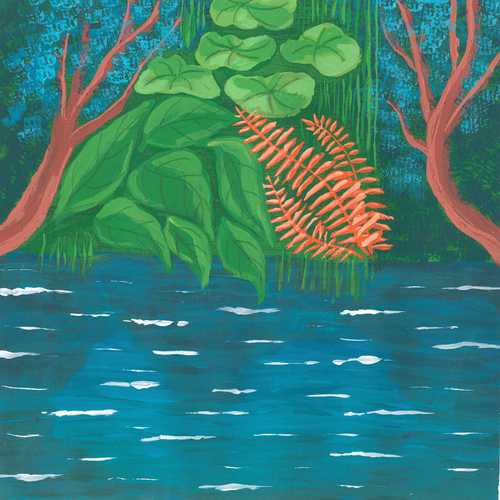
What is spectrogram? Definition and examples
what spectrogram means: a spectrogram visually represents the frequency and amplitude (the distance between the top and the bottom of a wave) of a nonstationary signal over time. Spectrograms representing audio signals may be called sonographs, voiceprints, or voicegrams.
Audio waveforms – a type of graph with time on the x axis and amplitude on the y; generate one here – can graphically represent “the shape and form of a signal moving in a gaseous, liquid, or solid medium”. However, they are unable to express information about a recording’s pitch, frequency, or harmonic content; this is where spectrograms have the advantage. Spectrograms also show time on the x axis, but with frequency expressed on the y axis, while amplitude is represented as a heat map, a type of data visualization technique which uses hue or intensity of color to depict the values of a phenomenon. So, spectrograms are “two-dimensional graphs, with a third dimension represented by colors”. “Seeing frequency energy distributed over time in this way allows us to clearly distinguish each of the sound elements in a recording”; by providing so much information so coherently, spectrograms lend themselves to the analysis of sounds, say, from instruments or bird calls. They also allow elements to be removed from an audio track in the editing process in a way akin to visual imperfections being removed from an image in a graphics-editor program.
The very first spectrogram represented Comet Tebbutt, and was created in June 1881 by William Huggins, an Englishman who later became a professional astronomer. Originally generated on paper by sound spectrographs (instruments “for dispersing radiation […] into a spectrum and recording or mapping the spectrum”) as black and white diagrams, spectrograms are now created by computer software. Academo, a free, open-source, interactive educational hub, provides a spectrum analyzer (for Chrome and Firefox) that renders uploaded or preset audio files into spectrograms, while Chrome Music Lab can generate a real-time three-dimensional spectrogram from your computer microphone.
And here is a guide to reading spectrograms (particularly in relation to avian nocturnal flight call or NFC recording – otherwise known as ‘nocmig’ or nocturnal bird migration recording, in the UK), while ‘Understanding Spectrograms’, an article by audio product manufacturer iZotope, lives up to its name by going into greater detail. Though mainly related to audio editing, it provides a more thorough crash course in interpreting various kinds of spectrograms.
Spectrograms have a wide range of applications in fields relating to sound, such as music and linguistics; in overcoming speech disorders, speech training for the profoundly deaf, in studies of phonetics, to facilitate speech synthesis (the generation of spoken language from written input by a computer), and in speech processing (“a discipline of computer science that deals with designing computer systems that recognize spoken words”). Additionally, it is relevant for sonar, radar, and in the analysis of animal calls. In addition, in seismology, “spectrograms are increasingly being used to […] help distinguish and characterize different types of earthquakes or other vibrations in the earth”. See also this exhaustive article on the role of spectrograms in decrypting confidential enemy voice transmissions during World War II.
On a more frivolous note, spectral editing (which allows audio edits to occur within specific frequency ranges rather than across the whole spectrum) means that some musicians have inserted visual images into spectrograms, which then become part of the frequency content of the song when it is played. For example, the face of Aphex Twin (AKA Richard D James, “complete with his patented grin!”) infamously appears in the spectrogram of a B-side to his 1999 single ‘Windowlicker’.
Earth.fm is a completely free streaming service of 800+ nature sounds from around the world, offering natural soundscapes and guided meditations for people who wish to listen to nature, relax, and become more connected.
Check out our recordings of nature ambience from sound recordists and artists spanning the globe, our thematic playlists of immersive soundscapes and our Wind Is the Original Radio podcast.
You can join the earth.fm family by signing up for our newsletter of weekly inspiration for your precious ears, or become a member and not only enjoy extra earth.fm features and goodies but help us grow new forests on our beloved planet.